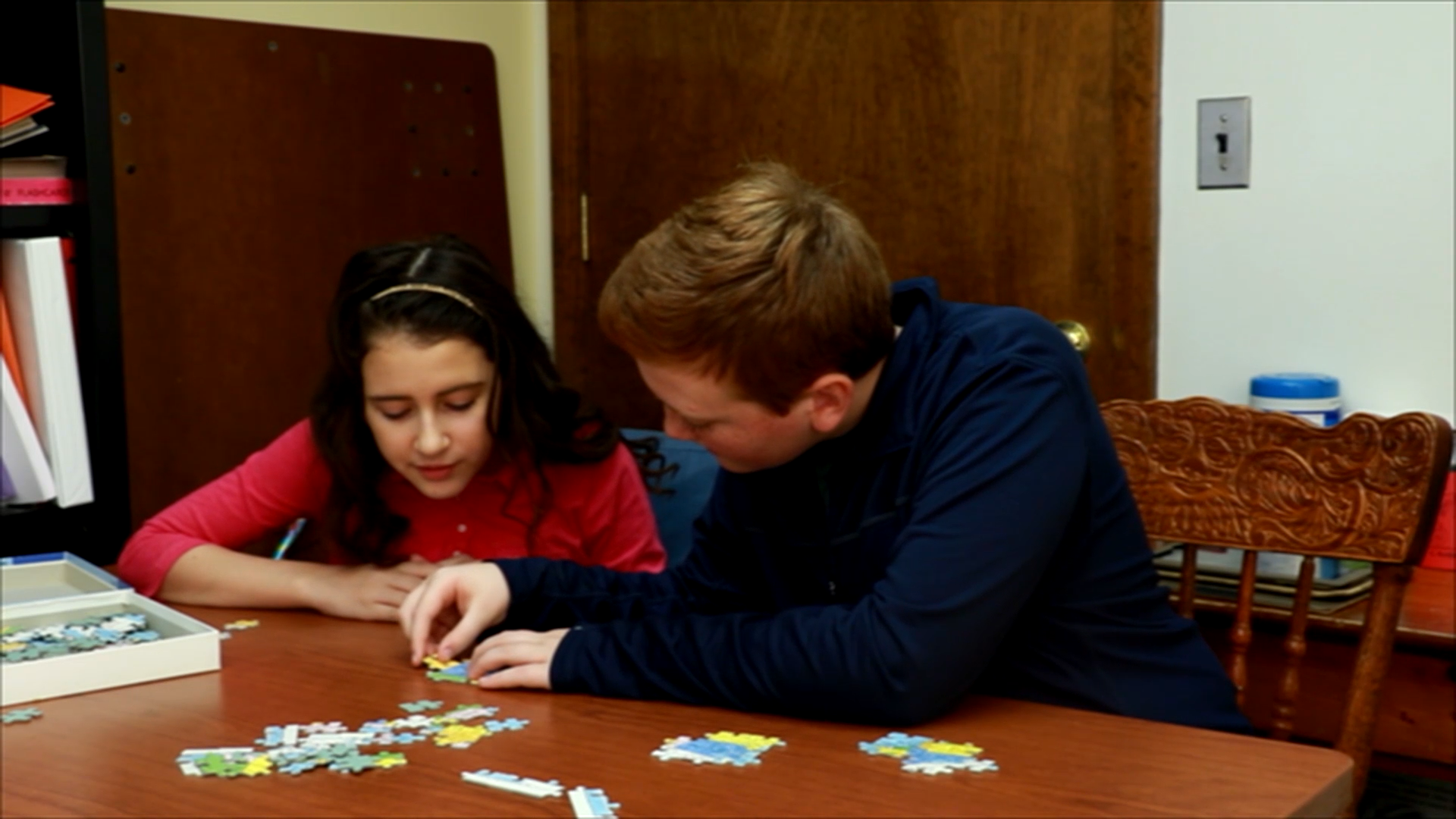
Introduction
When working with elementary students, it’s important to teach them about respecting personal boundaries and keeping their hands and feet to themselves. This vital social-emotional learning skill helps students develop positive relationships and fosters a safe and respectful classroom environment. In this blog post, we’ll explore a no-prep activity that educators can use to teach this important skill, followed by discussion questions and related skills to further enhance social-emotional learning.
No-Prep Activity: The Personal Space Bubble Game
This activity requires no preparation or materials and can be easily adapted to any classroom setting. The goal is to teach students about the concept of personal space and the importance of keeping their hands and feet to themselves.
- Ask the students to stand up and spread out in the classroom, ensuring they have enough space to move around without touching anyone.
- Explain to the students that they will be imagining a “personal space bubble” around themselves. This bubble represents the area where they should keep their hands and feet to themselves, and not touch or take things from others without asking first.
- Ask the students to slowly walk around the room, maintaining their personal space bubble. They should avoid touching anyone or anything and be mindful of their hands and feet.
- After a few minutes, ask the students to stop and discuss their experience. How did it feel to maintain their personal space? Did they find it challenging or easy?
This activity helps students understand the concept of personal space and the importance of respecting others’ boundaries. By practicing this skill, they will develop a greater sense of empathy and respect for their classmates.
Discussion Questions
Use these questions to stimulate further discussions about keeping hands and feet to oneself and respecting others’ personal space:
- Why is it important to keep our hands and feet to ourselves in a classroom setting?
- How can we show respect for others’ personal space in different situations (e.g., in line at the cafeteria, during group work, or on the playground)?
- What can you do if someone is not respecting your personal space? How can you communicate your feelings in a respectful way?
- How does respecting others’ personal space contribute to a positive and safe classroom environment?
- Can you think of any situations where it might be difficult to keep your hands and feet to yourself? How can you handle these situations appropriately?
Related Skills
Teaching students to keep their hands and feet to themselves is just one aspect of fostering social-emotional learning. Here are some other related skills that can help students develop healthy relationships and a respectful classroom environment:
- Active listening: Encourage students to listen carefully to their peers and show empathy and understanding.
- Cooperation: Teach students the importance of working together, sharing, and taking turns.
- Conflict resolution: Help students learn how to resolve disagreements in a respectful and constructive manner.
- Self-awareness: Encourage students to recognize their own feelings and emotions, and understand how these can impact their interactions with others.
Next Steps
To further explore the skill of keeping hands and feet to oneself and other essential social-emotional learning skills, we encourage you to sign up for free samples of these materials and more at Everyday Speech. These resources can help you create engaging and effective lessons that promote a positive and respectful classroom environment for your elementary students.

